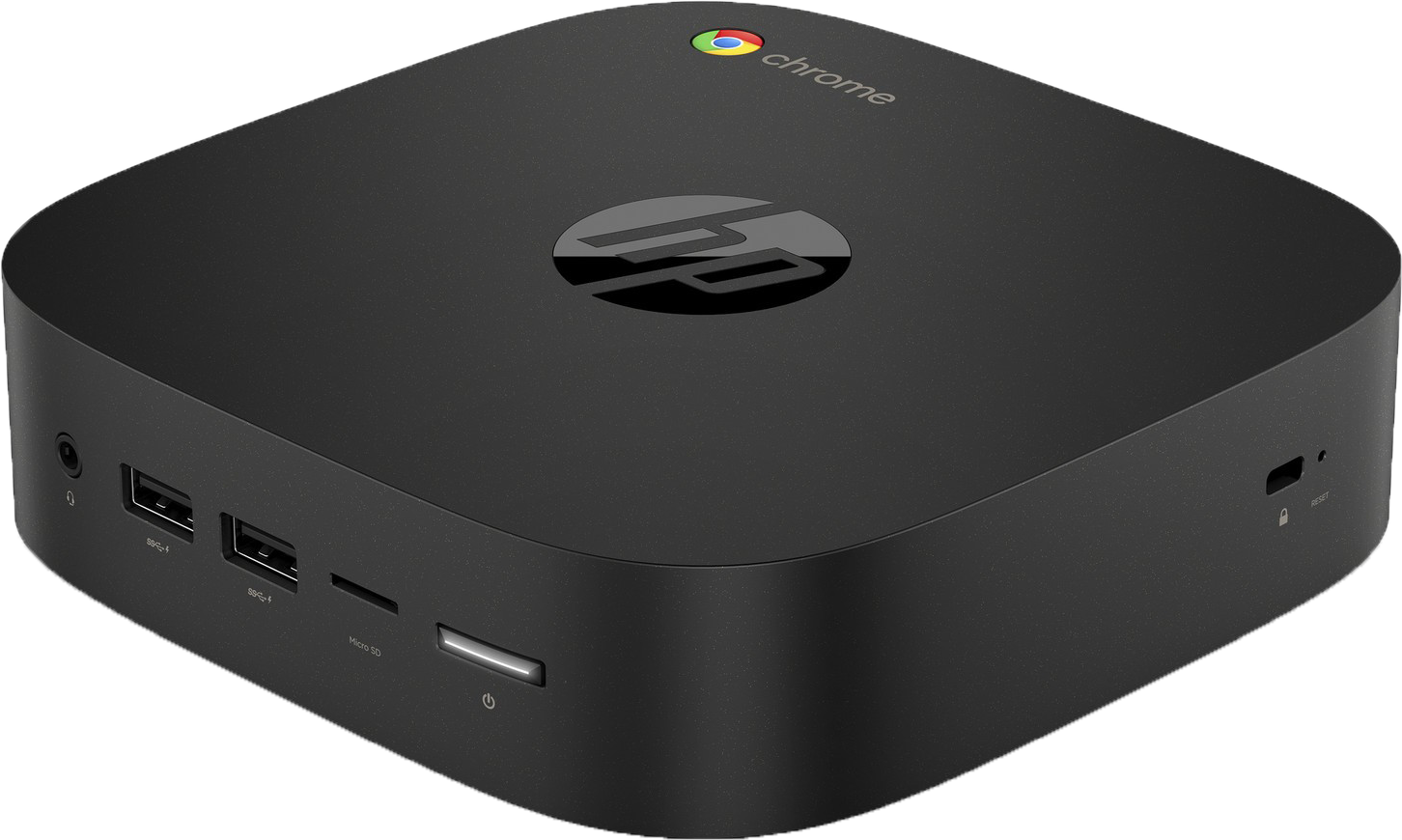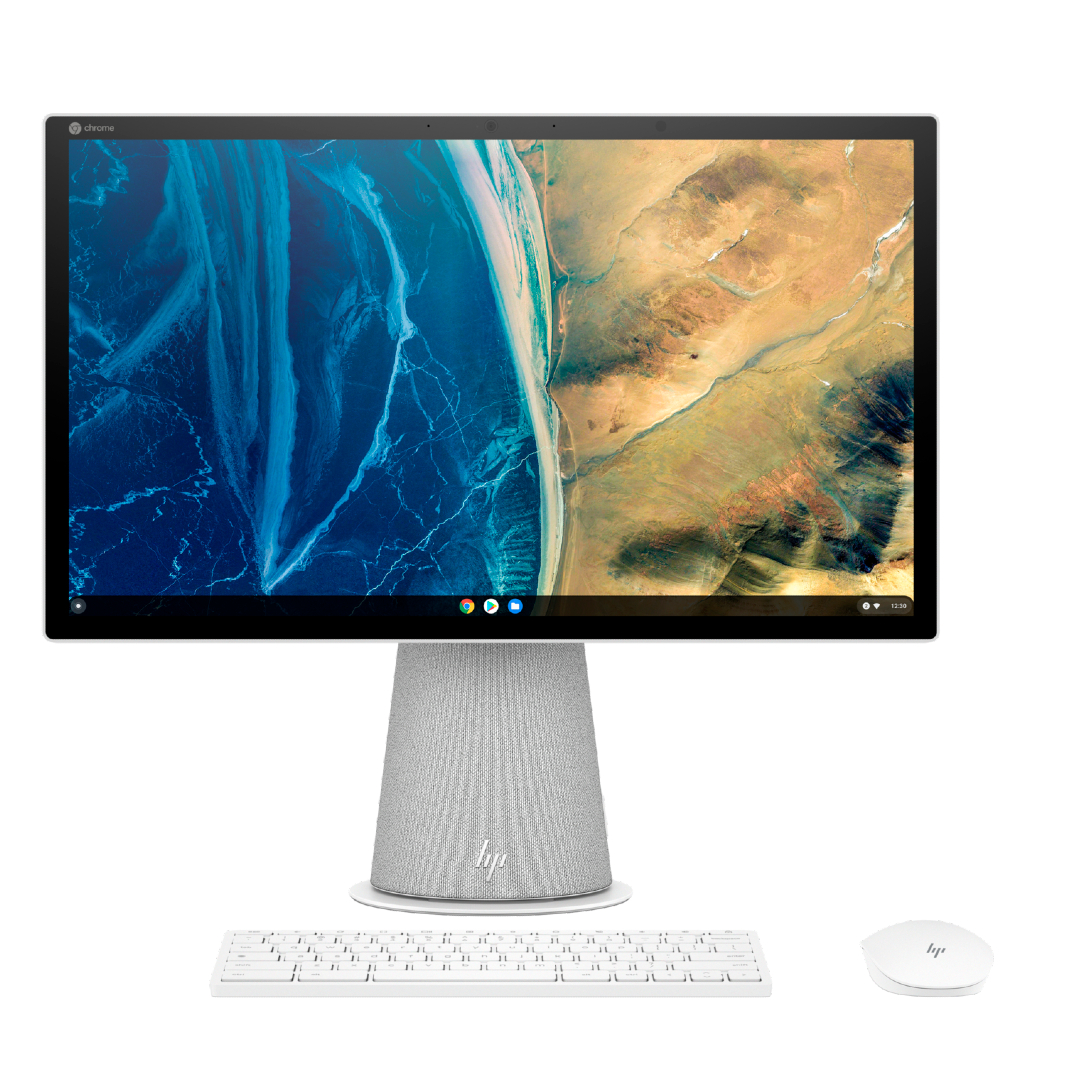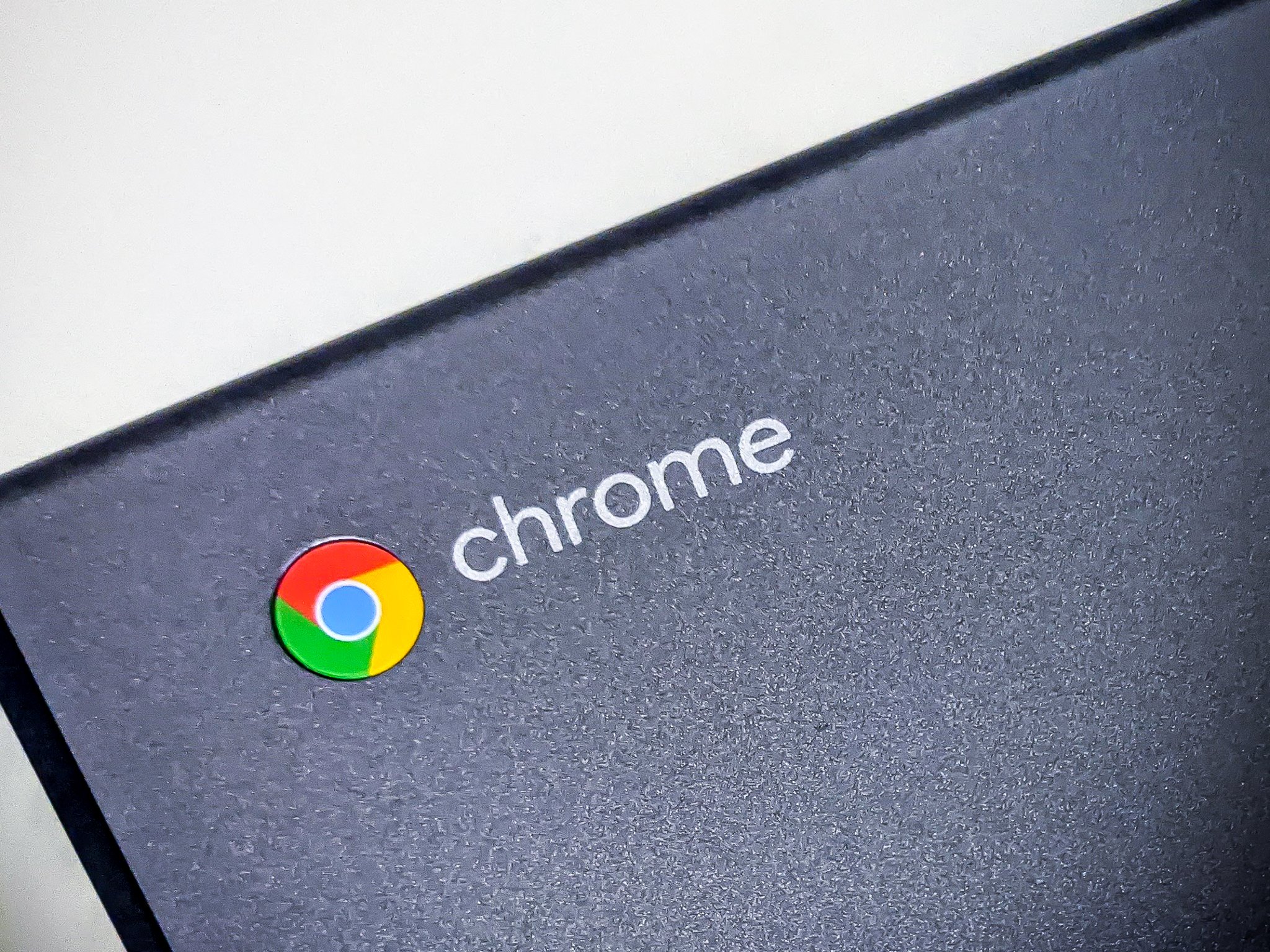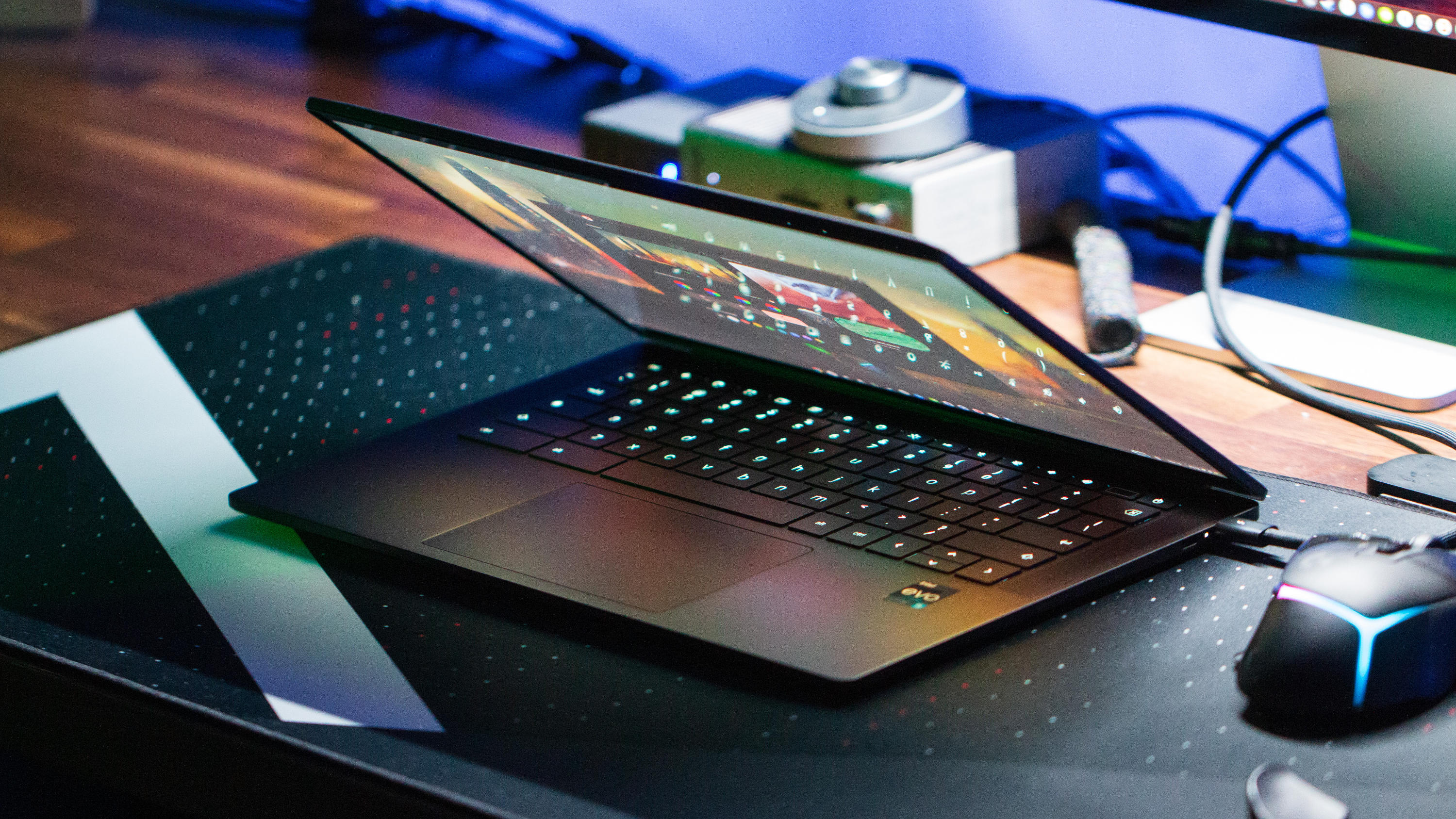HP Chromebox G3 vs. HP Chromebase
Neither is a great buy in 2023.

While the budget models with Intel Celeron processors are hard to find, if you decide to go with the high-end or need a model for the enterprise HP has you covered. Its older internal hardware shows its age, though.
For
- It can be less expensive
- Can be mounted behind a monitor or TV
- Easier to upgrade some parts
Against
- Only one USB-C port
- No monitor included
- Released in 2020

The HP Chromebase combines the security and utility of Chrome OS with well-designed hardware that brings a unique feature to the massive 21.5-inch display to offer a great computing experience. Even the higher-spec version uses older and weaker hardware, though.
For
- A great display that also swivels
- Built-in speaker
- Included Chrome OS keyboard and mouse
Against
- Released in 2021
- Zero portability
- Difficult to upgrade
- Expensive
There are plenty of good reasons to want a Chrome OS-powered desktop. They're simple to use, very secure, and fully functional for most people. These two computers look very different on the surface, but they both offer the convenience and simplicity of Chrome OS.
The obvious difference is choosing between an all-in-one where the "computing parts" are stored in the base of a monitor and a simple box that connects to a monitor the way every other "normal" computer does.
There are also a few differences that aren't so obvious when it comes to the internal hardware and upgradability as well as the port options. One thing that also has to be considered is that both of these are several years old and have hefty price tags. Maybe the best choice is neither.
HP Chromebox G3 vs. Hp Chromebase: Design and connectivity

The elephant in the room is the big 21.5-inch display on the HP Chromebase. it looks great, has good viewing angles, and rotates for use in either landscape or portrait. It's pretty much the great display you would want to buy for any family room desktop PC.
It also limits where the Chromebase can be used — you're not able to mount it behind a monitor or TV to hide things or use it inside an entertainment center. You simply buy a "regular" Chromebox if you have to do either.
Past the obvious, there are some other important differences between the two. The HP Chromebox G3 has a Gigabit Ethernet port while the Chromebase doesn't. The Chromebase has two USB-C ports and two USB-A ports while the Chromebox has a single USB-C port and four USB-A ports. Important when you factor in whatever you'll be connecting.
Both models feature a 3.5 mm combo audio jack, but the Chromebase also comes with a pair of 5w speakers built into the base that sounds surprisingly good.
While the Chromebox G3 was designed to be inconspicuous and unassuming, the Chromebase is meant to be an attractive package like most all-in-one PCs. I'd say HP succeeded in both cases and either works well for their designed use.
HP Chromebox G3 vs. HP Chromebase: Hardware & specs

Internally both use the 10th gen Intel platform and you'll find several different configurations for the processor and amount of DDR4 RAM. You can upgrade the SSD in both models, though working inside the Chromebase is more difficult.
As a whole, the Chromebox G3 is the more powerful option as models were built using Core i7 processors and up to 16GB of DDR4 RAM, plus it has a dedicated Gigabit Ethernet port. It's obvious that HP had the enterprise market in mind here.
| Header Cell - Column 0 | HP Chromebox G3 | HP Chromebase |
|---|---|---|
| Operating System | Chrome OS | Chrome OS |
| Processor | Intel 10th generation | Intel 10th generation |
| Memory | Starting at 4GB DDR4, up to 16GB | Starting at 4GB DDR4, up to 16GB |
| Storage | Starting at 32GB | 128GB or 256GB |
| Connectivity | Gigabit Ethernet, Wi-Fi 6 (2x2), Bluetooth 5.0 | Wi-Fi 6 (2x2), Bluetooth 5.0 |
| Ports | 4x USB-A, 1x USB-C, microSD card, 2x HDMI, Kensington lock, 1x audio jack | 2x USB-C, 2x USB-A, 1x audio jack |
| VESA mounting | Yes | No |
| Display | None | 21-5-inch FHD touch display, rotatable 90-degrees |
| Camera | None | 5MP HP True Vision |
| Peripherals | None | Keyboard and mouse |
Both of these are borderline unusable at the lowest spec tier. At the time they were released 4GB of memory or a dual-core Celeron CPU were passable but time has not been friendly to PC hardware. I really advise against buying any Chrome OS-powered device with such low-spec internal hardware.
They also are powered by Intel's 10th generation platform which isn't the speediest beast around. Google will support both of these products until 2028 but that doesn't mean they will still feel powerful.
HP Chromebox G3 vs. HP Chromebase: Which should you buy?

If you have to choose between these two products it all comes down to one thing — the Chromebase has a great monitor as part of the package.
This is great for putting it on a desk or table for the whole family to use, and since the keyboard and mouse are included there is nothing else to buy. Once unboxed, you can simply sign into Chrome and go.
If you already have a monitor you like or want to mount your Chrome OS computer behind a monitor or television, then choose the Chromebox. You'll need to pick up a few peripherals to get started, otherwise everything is also ready to go out of the box.
I prefer the third option though — don't choose either.
These two products are getting long in the tooth yet still have a premium price. A great option that works as well or better might be a good Chromebook and a USB docking solution like this $30 one from Amazon.
You'll have all the benefits of using Chrome OS, just on a newer and far more portable device.

While the budget models with Intel Celeron processors are hard to find, if you decide to go with the high-end or need a model for the enterprise HP has you covered. Its older internal hardware shows its age, though.

The HP Chromebase combines the security and utility of Chrome OS with well-designed hardware that brings a unique feature to the massive 21.5-inch display to offer a great computing experience. Even the higher-spec version uses older and weaker hardware, though.
Be an expert in 5 minutes
Get the latest news from Android Central, your trusted companion in the world of Android

Jerry is an amateur woodworker and struggling shade tree mechanic. There's nothing he can't take apart, but many things he can't reassemble. You'll find him writing and speaking his loud opinion on Android Central and occasionally on Threads.
